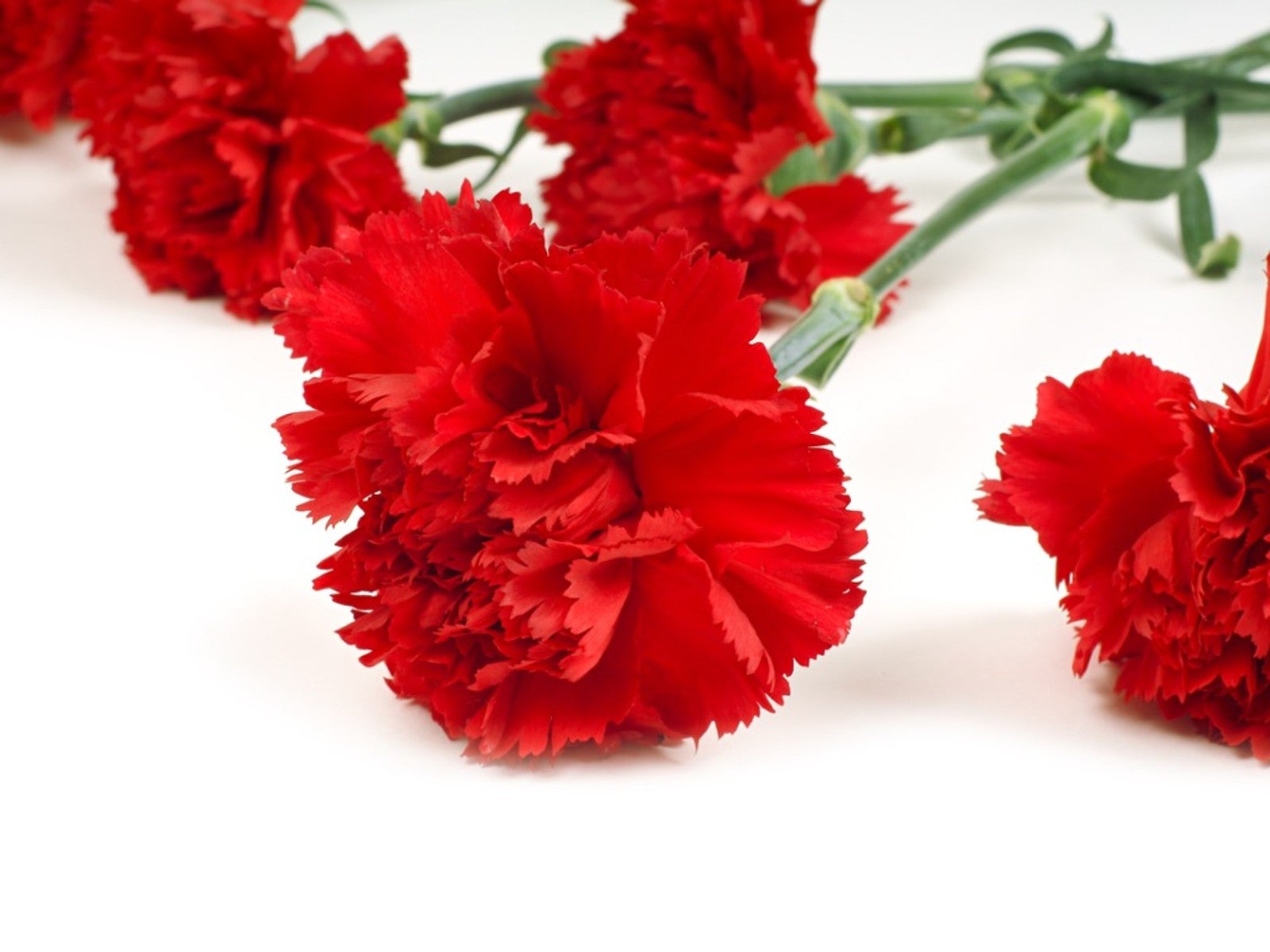Reasons To Celebrate National Carnation Day


This obscure but noteworthy day is a chance to celebrate President William McKinley. It also presents a wider opportunity to remember the sacrifices presidents make for the country. McKinley was shot at the Pan American Expo in Buffalo, New York in 1901 and died eight days later.
The red carnation is associated with McKinley because he was known for wearing one in his lapel. The tradition began in 1876 when he ran for Congress. His opponent, Dr. Levi Lamborn, was a plant enthusiast and developed a red cultivar of carnations. Before a debate, he gave one to McKinley for his lapel.
McKinley ultimately won the election and considered the flower to be a lucky charm. He went on to wear one throughout his political career. He would often gift the flower from his lapel to people he encountered, including children. According to legend, he gave his lapel carnation to a young girl just before he was assassinated.
Dr. Lamborn was instrumental in making the red carnation the state flower of Ohio, McKinley’s home state. Lamborn’s hometown of Alliance, Ohio is officially known as Carnation City.
What Do Red Carnations Mean?
In the context of President McKinley, red carnations represent remembrance of this past president and his contributions to the country. However, carnations greatly pre-date McKinley and have long held certain meanings in general and by color.
Some people associate all carnations with motherly love because of a legend that says the flowers grew from the ground where the Virgin Mary’s tears fell. In more modern times, a common red carnation meaning is admiration. Deeper red flowers signify love and affection.
Enjoying Carnations
What better way to celebrate Carnation Day than by growing this pretty flower? Often overlooked today, this is an ancient cultivated species that deserves a chance to shine again.
Sign up for the Gardening Know How newsletter today and receive a free copy of our e-book "How to Grow Delicious Tomatoes".
Carnations got a bad rap after being used frequently in the florist industry. Many considered it to be an inexpensive filler flower, but really, carnations are beautiful and underappreciated. They are also fairly easy to grow as annuals or perennials.
In the home garden, use carnations as border flowers or in containers. They grow well in zones 6 through 9 and come in a full range of flower colors, including red, which bloom from spring through fall. Carnations are also edible and have some medicinal uses.
Growing Carnations
Carnations are easy to grow from seed. Use January 29 as an excuse to find some seeds to start indoors for planting outside in the spring. January and February are the perfect time to start these flowers from seed.
Lightly cover seeds with soil mix and keep it moist. Cover the seed tray with plastic for humidity and to keep the seeds warm. You should get germination within a few days. Thin the seedlings as they emerge and repot when you have two to three true leaves on each one.
Transplant your carnations outdoors after the last frost and when the seedlings are at least four to five inches (10-13 cm.) tall. Grow carnations in moist, well-draining soil that is slightly alkaline. Provide full sun to partial shade.
You can stake your carnations if you like, but it isn’t necessary. It is more important to do so if you plant to use them for cut flowers. This will give you nice, straight stems.
National Carnation Day is not well known, but it’s a great opportunity to learn more about this pretty flower and our 25th president.

Mary Ellen Ellis has been gardening for over 20 years. With degrees in Chemistry and Biology, Mary Ellen's specialties are flowers, native plants, and herbs.